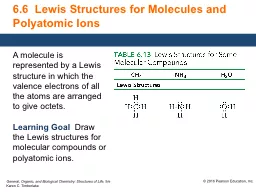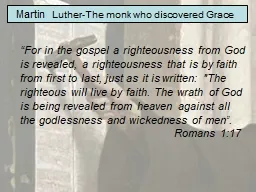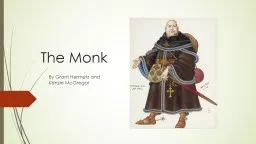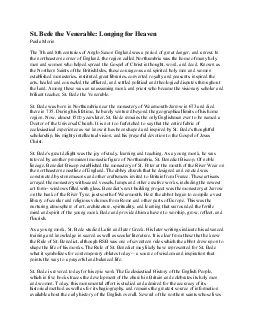PPT-Analysis of Matthew G. Lewis’s The Monk
Author : natalia-silvester | Published Date : 2016-03-14
What is the Gothic No clear definition exist for it The importance of atmosphere Medievalesque settings Haunted Castles Importance of architecture Heavy Symbolism
Presentation Embed Code
Download Presentation
Download Presentation The PPT/PDF document "Analysis of Matthew G. Lewis’s The Mon..." is the property of its rightful owner. Permission is granted to download and print the materials on this website for personal, non-commercial use only, and to display it on your personal computer provided you do not modify the materials and that you retain all copyright notices contained in the materials. By downloading content from our website, you accept the terms of this agreement.
Analysis of Matthew G. Lewis’s The Monk: Transcript
Download Rules Of Document
"Analysis of Matthew G. Lewis’s The Monk"The content belongs to its owner. You may download and print it for personal use, without modification, and keep all copyright notices. By downloading, you agree to these terms.
Related Documents














